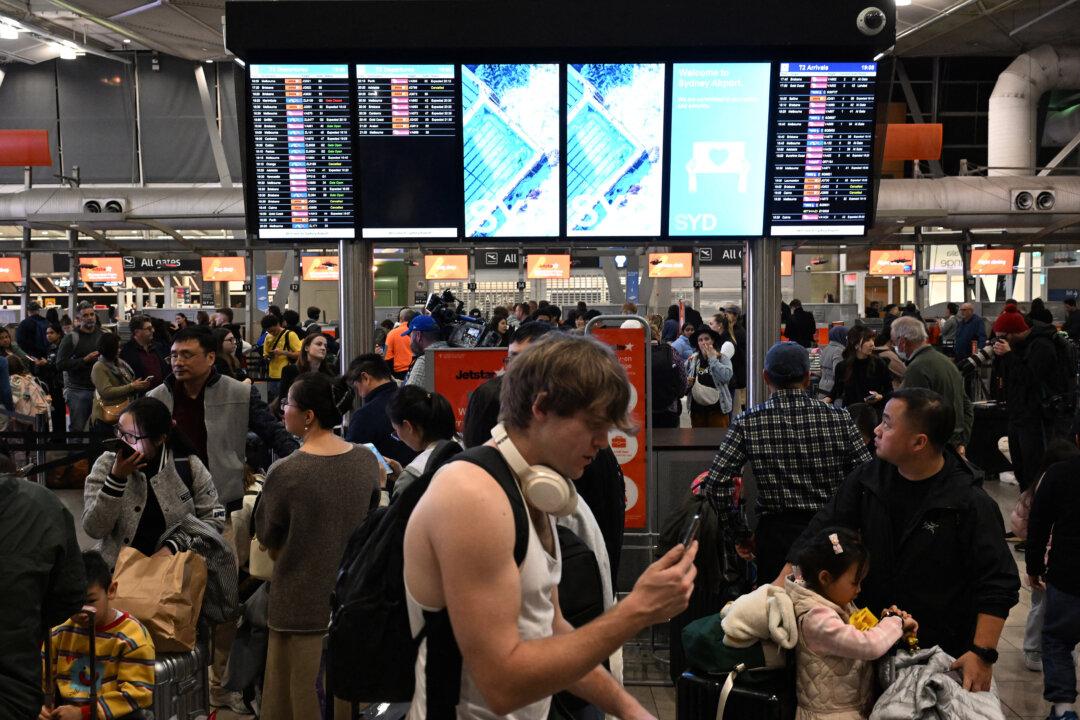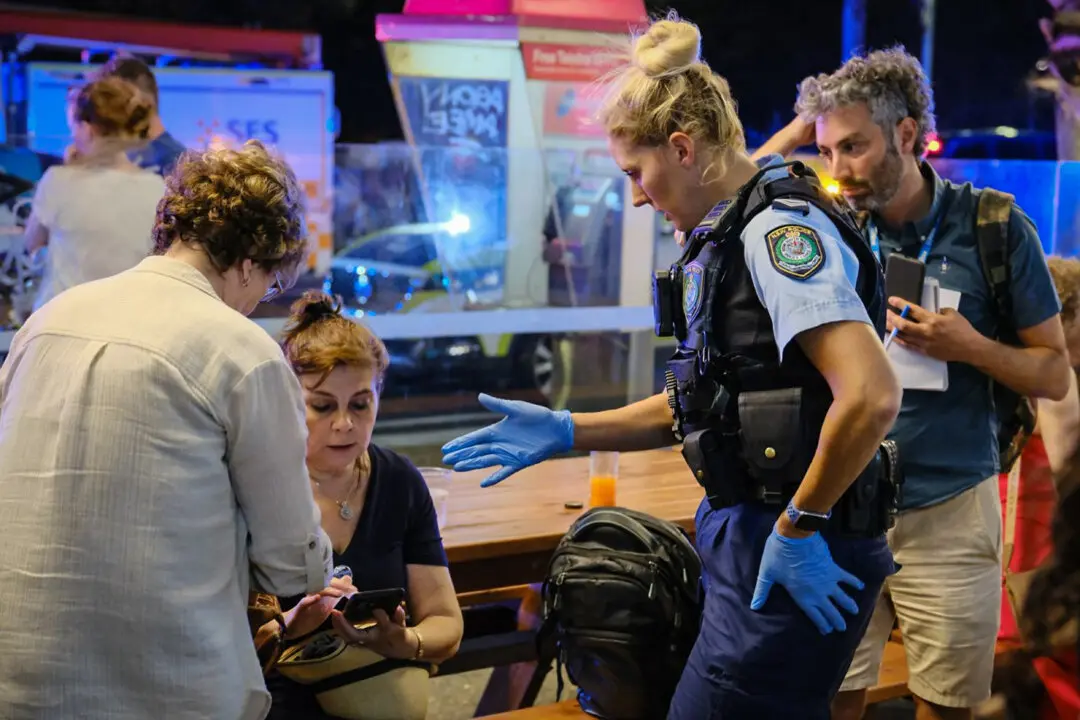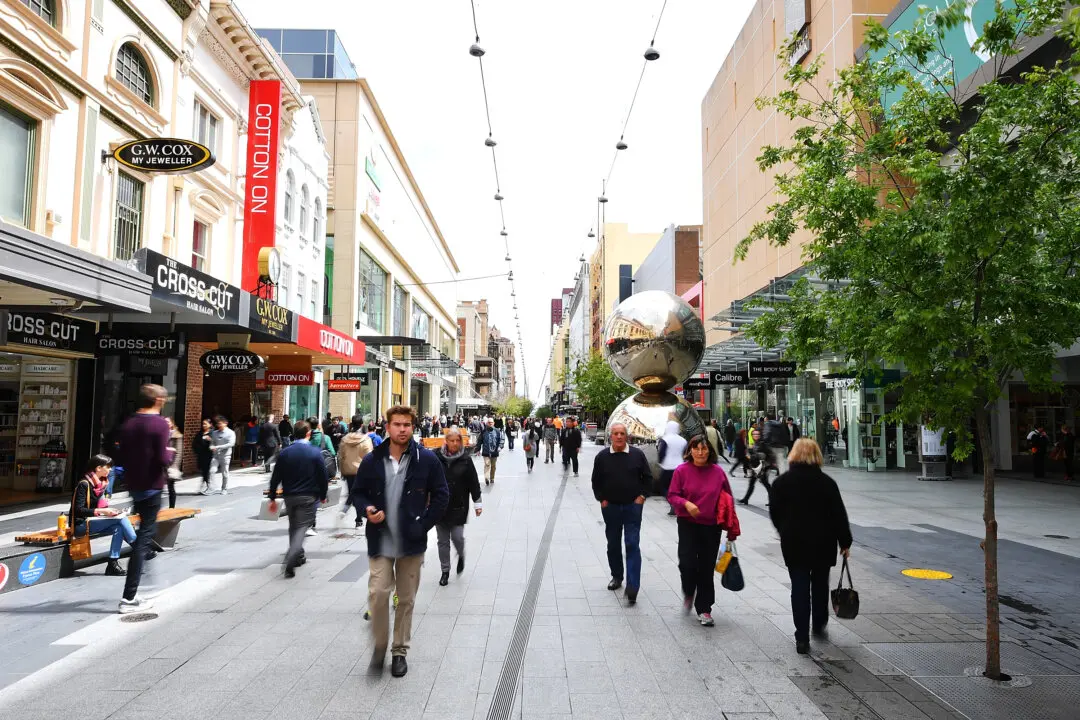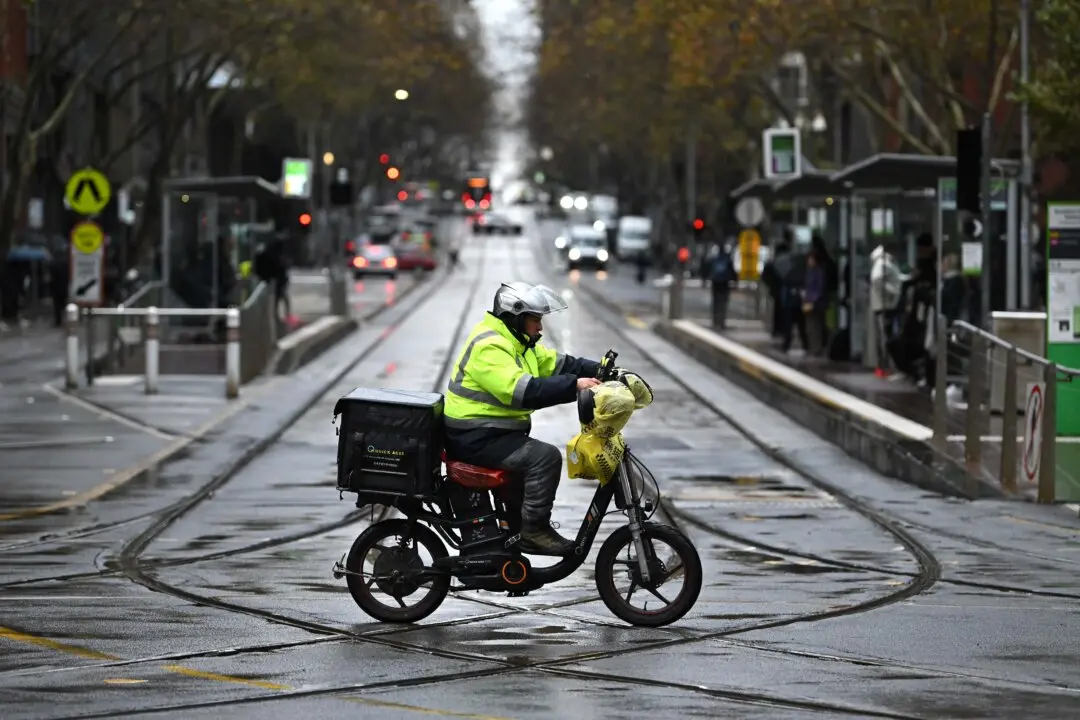Research by the Institute of Public Affairs (IPA) shows that most migrants to Australia are settling in Melbourne and Sydney, with 57 percent establishing a base in these two cities.
The think tank’s analysis of Australian Bureau of Statistics (ABS) data also revealed that 83 percent of all new migrants settled in one of this nation’s capital cities.





